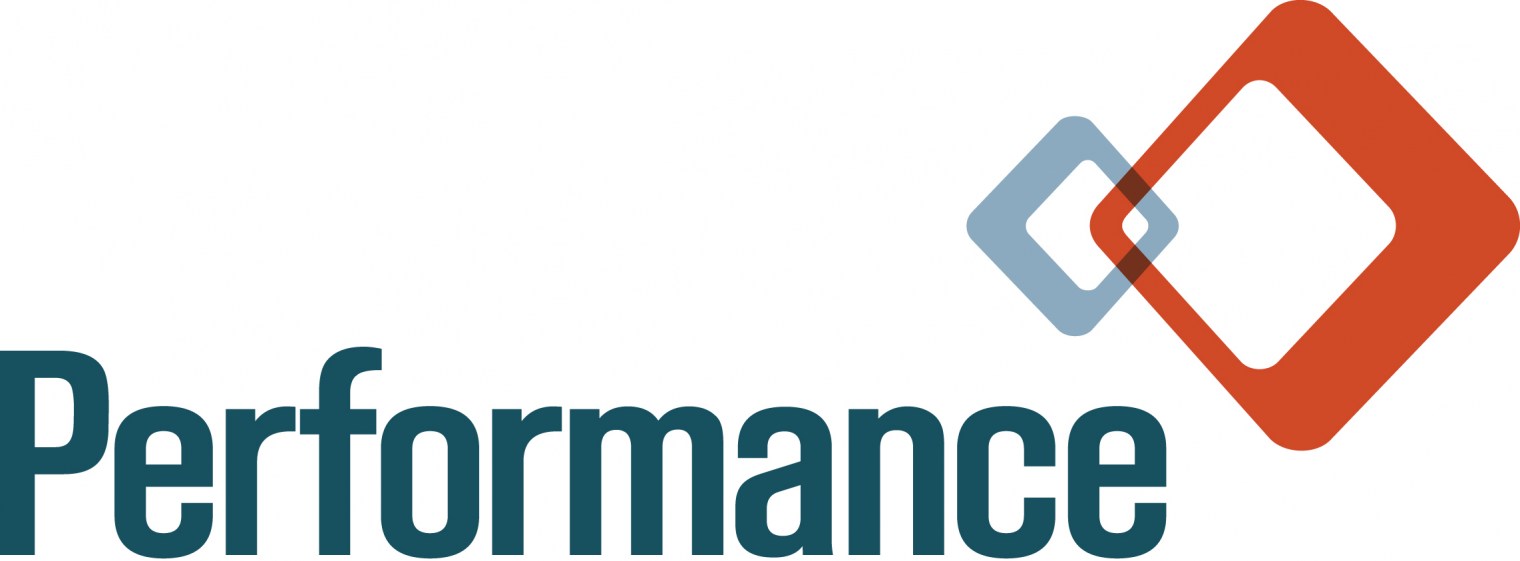New Outsourcing Techniques Help Technology Offshoring Feel More Local
Over the past two decades, outsourcing tech services to places like India, China and the Philippines has become the norm. What initially began as a search for lower labor costs has now grown into a practice businesses used to expand into new markets, tap into new talent pools, and increase diversity within companies.
As outsourcing moves beyond call centers and IT to include more complex collaborative projects, it may seem as an appealing solution for your software development needs. While there are many benefits, entirely outsourced projects come with their own set of challenges.
Communication Failings
Time zones, distance, and cultural differences can all lead into miscommunications that can strain relationships and impact results. Offshoring technology projects often means overcoming language barriers and a variety of communication styles.
While team members located in the same office can easily bounce ideas off each other, offshore teams can get left out of the loop. This can be detrimental in establishing the trust necessary for cohesive collaboration.
Mistakes and Missed Deadlines
Limited oversight and poor communication can lead to misunderstandings that slow down work flow. It’s difficult to keep everyone on task and ensure the project remains on schedule when there’s a disconnect between your local team and your offshore developers. Without proper oversight, how can you be sure of the project’s actual status?
Misunderstood processes or mismatched instructions can also lead to mistakes, increasing rework and decreasing productivity. These can be costly – sometimes requiring travel for on-site fixes. Money is often spent resolving preventable problems.
Teams working across time zones face additional challenges. Asking a question can mean waiting until the next day for an answer.
Misaligned Objectives
Products designed for your key customers are less likely to be successful. An offshore software development team might struggle to know your audience and what they’re looking for in the end product.
Talent
While the cost of talent overseas may appear lower, access to developers and engineers is dictated by supply and demand. Similar companies tend to converge in the same geographic areas. This increases competition for workers and draws down the available talent pool – ultimately limiting your options and making it more difficult to predict costs.
The Global-Local Solution
A new approach to these challenges is a global-local hybrid model for offshoring software development. By pairing global (offshore) resources with a local engineer, you have better management over your project with less stress.
Firms like Performance provide locally based, highly specialized, collaborative teams to serve as oversight and project management for offshore projects. This hybrid model offers the accessibility and efficiency of keeping a project local, but still lets you enjoy all of the benefits of offshoring. The local engineer serves as your single point of contact regarding the offshore project. The remote team shares this point of contact and can build trust and a good flow of information, helping to reduce miscommunications.
Serving as an expert liaison, the local engineer provides your team with accessible real-time insights on your project. These improved channels of communication can present opportunities in marketing, avoid compliance problems, and ensure management is kept informed of issues. And you can feel comfortable that your vision is effectively communicated to the developers abroad – no technical vocabulary lesson needed!
Confidently know your onshore partner understands and shares your goals. Contact us to see how Performance can help your next project.



